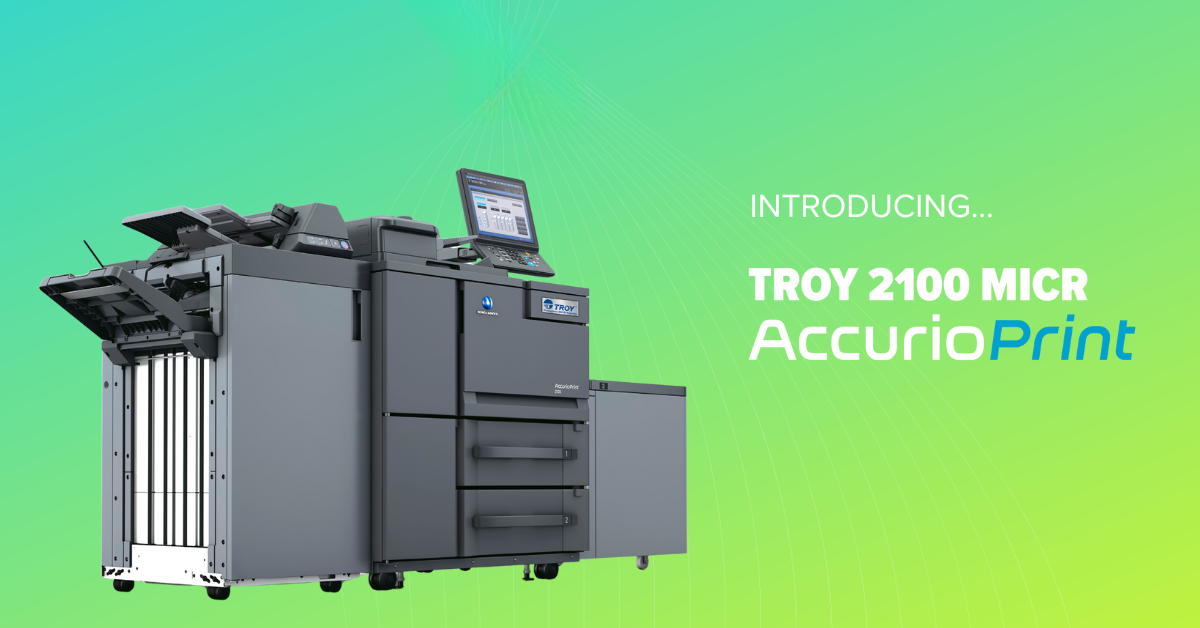The Hybrid Future: Advantages of a Blended Prescription Approach

As the healthcare industry undergoes a digital transformation, electronic solutions for prescription printing are emerging as efficient prescription printing software. This article explores the advantages of adopting a hybrid approach to prescription management, leveraging the benefits of both traditional printed prescriptions and modern electronic systems. By embracing a blended prescription approach, healthcare facilities can maximize efficiency, address practical considerations, and provide optimal patient care.
A blended prescription approach offers the flexibility to accommodate diverse needs. While electronic solutions for prescription printing provide speed and convenience, printed prescriptions cater to situations where electronic systems may not be readily accessible or feasible. This flexibility allows healthcare providers to adapt to varying circumstances, ensuring uninterrupted prescription management and patient care.
The hybrid approach ensures compliance with legal and regulatory requirements. Printed prescriptions help meet specific standards and documentation obligations, particularly in regions where paper prescriptions are mandated. By incorporating electronic prescriptions where possible, healthcare facilities can streamline workflows and enhance efficiency while still adhering to legal obligations.
A blended prescription approach considers patient preferences and fosters trust. Some patients may have a strong preference for physical prescriptions, valuing the tangibility and familiarity they provide. By offering a choice between printed and electronic prescriptions, healthcare providers can accommodate individual patient preferences, promoting patient engagement and satisfaction.
Electronic prescriptions enable seamless data integration and interoperability within the healthcare system. They facilitate the exchange of prescription-related information, medication history, and patient data between healthcare providers and pharmacies. By integrating electronic systems with electronic health records, healthcare facilities can enhance data accuracy, improve care coordination, and make informed treatment decisions.
The hybrid approach optimizes prescription workflows, improving efficiency and reducing administrative burdens. Electronic prescriptions streamline prescription generation, transmission, and processing, eliminating manual tasks and minimizing errors. Printed prescriptions come into play when faced with technological limitations or as a backup during system downtimes, ensuring uninterrupted prescription management and pharmacy operations.
A blended prescription approach enhances patient safety and medication management. Electronic prescriptions reduce the likelihood of errors caused by illegible handwriting and provide real-time alerts for potential drug interactions or allergies. Printed prescriptions act as tangible reminders for patients, helping them adhere to medication regimens and providing critical information during emergencies or hospital visits.
Transitioning from a solely paper-based system to a fully electronic prescription workflow can be challenging. By adopting a blended approach, healthcare facilities can gradually introduce electronic systems, allowing for smoother transition management and user adoption. This approach provides healthcare providers and staff with the opportunity to adapt to new technologies at a pace that aligns with their comfort levels and ensures continuity of care.
A blended prescription approach combines the advantages of both printed and electronic prescriptions, offering flexibility, compliance, patient satisfaction, seamless data integration, efficiency, and enhanced patient safety. By striking a balance between traditional and modern practices, healthcare facilities can optimize prescription management, addressing legal requirements, practical considerations, and patient preferences. The hybrid future of prescription workflows empowers healthcare providers to leverage the benefits of both worlds, ensuring optimal patient care in an evolving digital era.
Related Posts

USPS To Temporarily Increase Prices This Fall
The U.S. Postal Service has announced a temporary price increase on select package services, effective October 5, 2025 through January 18, 2026.

5 Questions to Ask Before Growing Your Branch with Self-Service
If you're a banking executive or president of a small bank or credit union, you're likely researching ways to your organization can expand without breaking the bank on unnecessary..
Join our newsletter to stay up to date on features and releases.
Loading form...

Leave a Reply